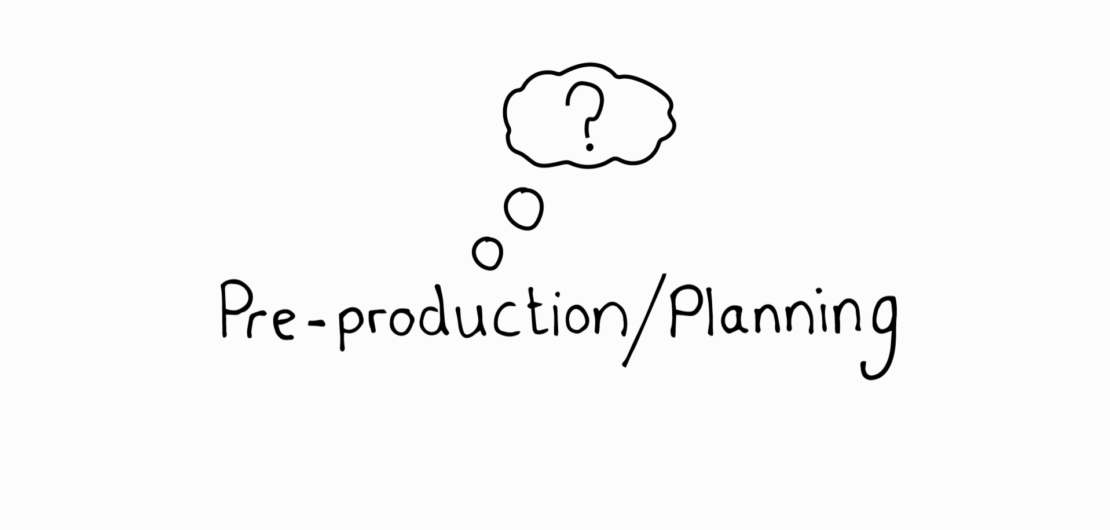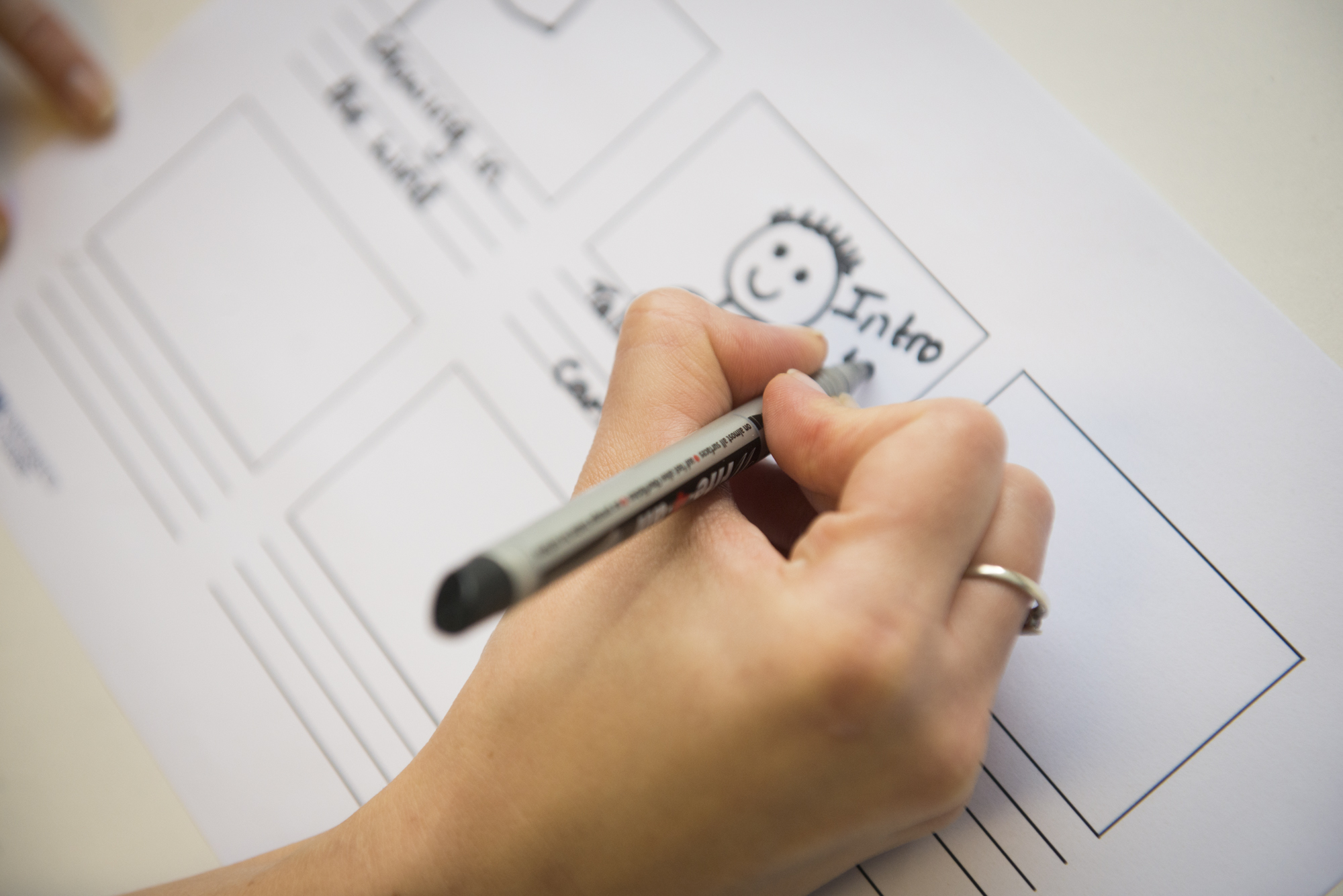 planning
planning
Pre-Production
Planning your video
This is the first stage when creating a video. At this stage you can note down all your ideas on how you want to tell your story. You should be able to tell your story in a few words; if you can't you need to rethink or simplify it.
Once you have your idea set you can begin writing a script and designing a storyboard for your video.
Before you begin filming make sure you have all your actors or interviewees and locations sorted. Don't assume you can film in a location, ask permission first. It's also a good idea to check out the location for lighting and sound issues that may arise during the shoot.
Make sure you also get all the actors/interviewees release forms signed before you begin shooting, these make sure you get all the permissions for filming and won't hold your film up once you've completed.
How to plan before filming
Video is a powerful medium but can be labour intensive to produce. Planning is about making the task manageable and having a clear rationale for your video is essential to do this. Planning helps avoid a “needle in a haystack” scenario, where you are left trying to extract meaning from raw footage in the editing process. If this happens it is often quicker to go back and re-shoot the video you meant to make the first time around.
Considerations when planning your video are:
- The context of the finished product.
- The expectations of the audience.
- A location that supports the subject matter of the video.
- How long will the video be?
- What copyright rules do you have to follow?
The Brief
Writing a brief at the beginning of the project will help you clarify the aims of the video and help you think about organising things like the style, locations and equipment you will need.

The Script
Write your script first and then develop the storyboard from this.
A script, even if it's just a rough outline, will help you during the actual shoot. Making a script before you start shooting is essential to make sure that you don't waste time during the recording. Even if the actual words change during the shoot, having everything planned out before will ensure that you get the content needed in the right place at the right time, making editing a lot easier.
Remember when writing your script, you need to plan the completed video to have a start, middle and end. Ask yourself:
- What is the first thing you want your audiences to see or know?
- What information do they need to know by the middle of the video?
- What do you want your audience to go away with at the end? This could be a call to action or further research, etc.
The Storyboard
Storyboards are a great way of beginning to visualise your script and idea. They can include a lot of information on a large professional production, but you can make this process more simplified for you video.
Here are a few tips to help you:
- Use one panel for each scene. This will help reduce the time it will take, by concentrating the planning of the video to a strict number of panels.
- It doesn’t matter if you’re not a good artist. Most of the time stick men can give as much information. The use of arrows is great to show actor/interviewee/object direction or any possible camera movement.
- Write any useful information about the scene under each panel. Including script, ideas, direction, etc. This is useful if you need to pass this over to someone else, they can follow the storyboard and create your concept.


Location
It's useful to go and see any locations you choose to use; visit them to check for any permissions needed. Make a note of any lighting or sound issues that might cause problems when filming and see if you can fix them. Make sure you can get the camera angles and shots needed in the chosen space.